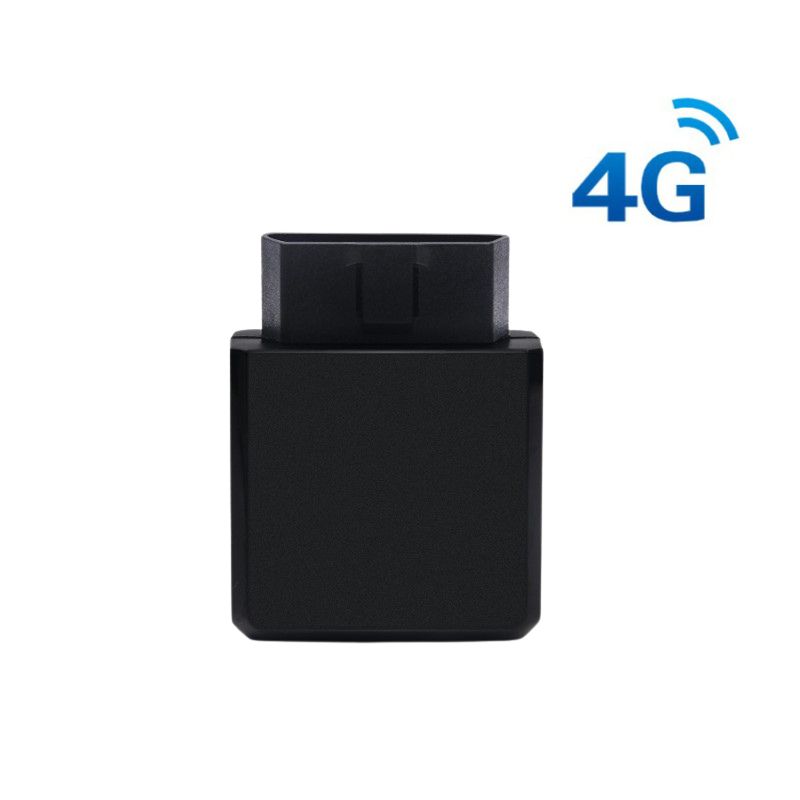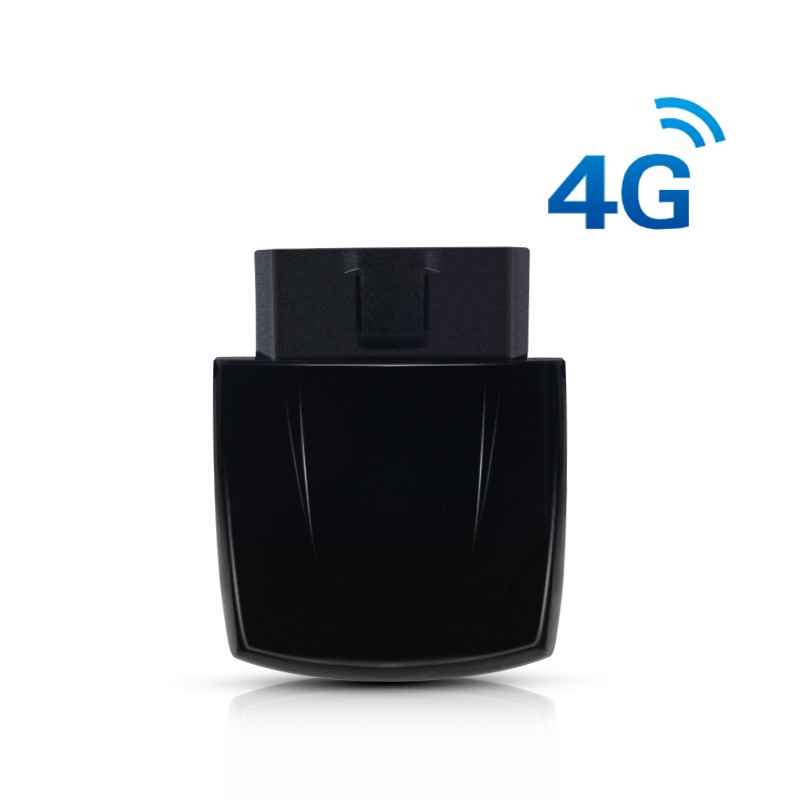PIDs (Parameter Identifiers) play a crucial role in understanding and monitoring vehicle performance. But what exactly is a PID, and how does it help us keep our vehicles running smoothly? Let’s dive in!

A PID, or Parameter Identifier, is a unique code used in OBD-II (On-Board Diagnostics) systems to request specific data from a vehicle’s ECU (Engine Control Unit). Each PID corresponds to a particular piece of information, such as engine RPM, coolant temperature, or fuel system status. By using PIDs, diagnostic tools can communicate with the vehicle and retrieve real-time data, making it easier to diagnose issues, monitor performance, and ensure compliance with emissions standards.
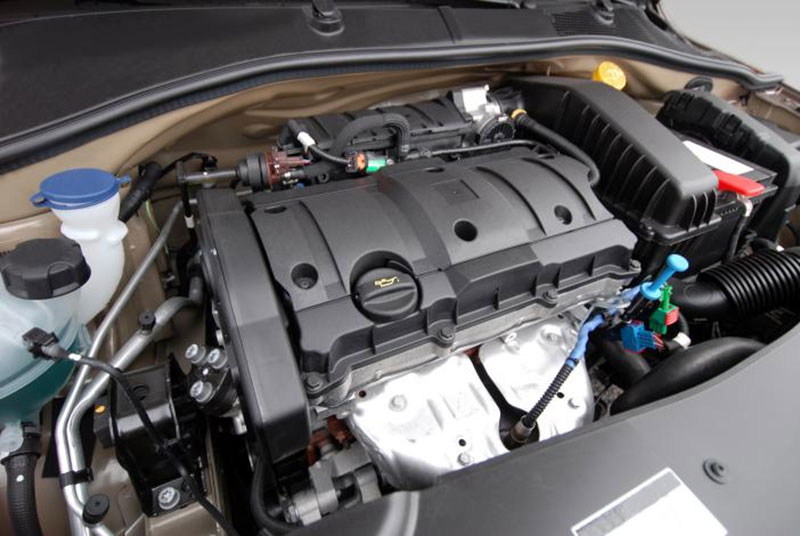
The PID list is essentially a catalog of all the data points that can be accessed through the OBD-II system. Here are some of the most common PIDs and their functions:
The PID list in the OBD-II system contains multiple parameter identifiers, with each PID corresponding to different vehicle data. Below are some common PIDs and their associated information:
1. 0100: Supported PID List
– Returns all PIDs supported by the vehicle.
2. 0101: Monitor Status
– Returns the status of emission-related monitoring.
3. 0102: Freeze Frame Data
– Returns freeze frame data captured at the time of a fault.
4. 0103: Fuel System Status
– Returns the status of the fuel system (open or closed loop).
5. 0104: Calculated Load Value
– Returns the engine’s calculated load value.
6. 0105: Engine Coolant Temperature
– Returns the temperature of the engine coolant.
7. 0106: Short-Term Fuel Trim (Bank 1)
– Returns the short-term fuel trim value for Bank 1.
8. 0107: Long-Term Fuel Trim (Bank 1)
– Returns the long-term fuel trim value for Bank 1.
9. 0108: Short-Term Fuel Trim (Bank 2)
– Returns the short-term fuel trim value for Bank 2.
10. 0109: Long-Term Fuel Trim (Bank 2)
– Returns the long-term fuel trim value for Bank 2.
11. 010A: Fuel Pressure
– Returns the fuel pressure value.
12. 010B: Intake Manifold Absolute Pressure
– Returns the absolute pressure of the intake manifold.
13. 010C: Engine RPM
– Returns the engine’s revolutions per minute (RPM).
14. 010D: Vehicle Speed
– Returns the vehicle’s speed.
15. 010E: Ignition Timing Advance
– Returns the ignition timing advance angle.
16. 010F: Intake Air Temperature
– Returns the intake air temperature.
17. 0110: Mass Air Flow
– Returns the reading from the mass air flow sensor.
18. 0111: Throttle Position
– Returns the reading from the throttle position sensor.
19. 0112: Oxygen Sensor Voltage (Bank 1, Sensor 1)
– Returns the voltage of the oxygen sensor for Bank 1, Sensor 1.
20. 0113: Oxygen Sensor Voltage (Bank 1, Sensor 2)
– Returns the voltage of the oxygen sensor for Bank 1, Sensor 2.
21. 0114: Oxygen Sensor Voltage (Bank 2, Sensor 1)
– Returns the voltage of the oxygen sensor for Bank 2, Sensor 1.
22. 0115: Oxygen Sensor Voltage (Bank 2, Sensor 2)
– Returns the voltage of the oxygen sensor for Bank 2, Sensor 2.
23. 011C: OBD Standards
– Returns the OBD standards followed by the vehicle.
24. 011F: Engine Run Time
– Returns the total runtime of the engine.
25. 0121: Distance Traveled with MIL On
– Returns the distance traveled since the Malfunction Indicator Lamp (MIL) was activated.
These PIDs enable diagnostic tools to read real-time vehicle data, which is essential for fault diagnosis, performance monitoring, and emissions testing. Different vehicles may support different PIDs, and the specific supported PIDs can be queried using PID 0100.
These PIDs, along with many others, allow technicians and enthusiasts to access critical data about the vehicle’s performance and health.
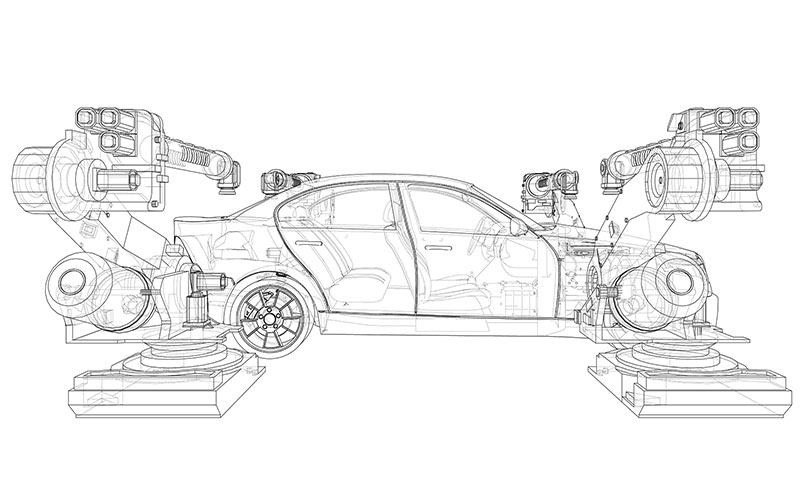
Standard OBD-II systems support a core set of PIDs that are essential for basic diagnostics and emissions monitoring. These include:
- Engine RPM (010C): Monitors the speed of the engine.
- Vehicle Speed (010D): Tracks how fast the vehicle is moving.
- Coolant Temperature (0105): Measures the temperature of the engine coolant.
- Fuel System Status (0103): Indicates whether the fuel system is in open or closed loop.
- Oxygen Sensor Data (0112-0115): Provides voltage readings from oxygen sensors to monitor fuel efficiency and emissions.
- Diagnostic Trouble Codes (DTCs): Retrieves stored error codes to identify issues.
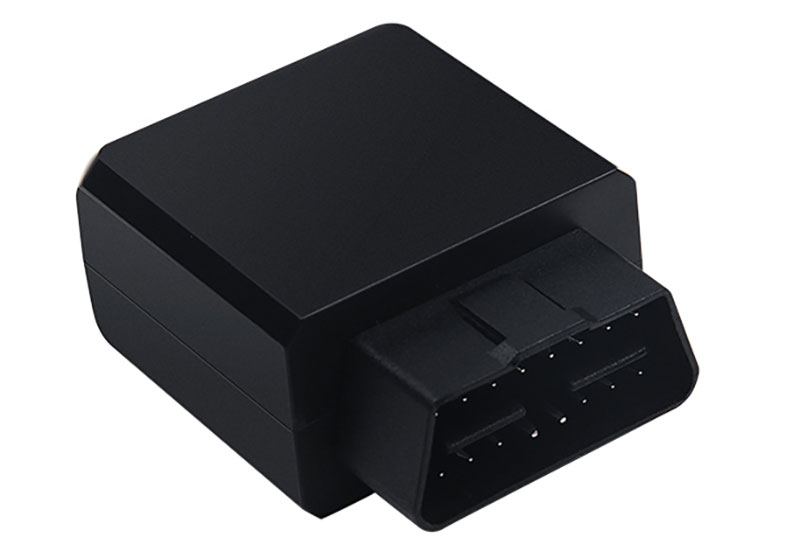
While the exact list of supported PIDs can vary depending on the vehicle’s make, model, and year, the OBD-II standard ensures a baseline level of compatibility across all vehicles. This makes it easier for diagnostic tools to work with a wide range of cars, trucks, and SUVs.
Understanding PIDs and their functions is essential for anyone involved in vehicle maintenance, diagnostics, or performance tuning. By leveraging PID data, we can:
- Diagnose issues more accurately.
- Monitor real-time performance metrics.
- Ensure your vehicle meets emissions standards.
- Optimize fuel efficiency and engine performance.
Whether you’re a professional mechanic, a car enthusiast, or simply someone who wants to stay informed about their vehicle’s health, PIDs are a powerful tool in your automotive toolkit.







